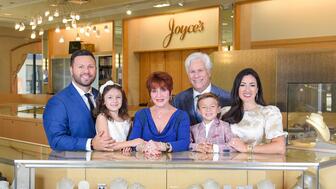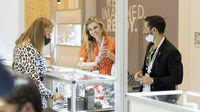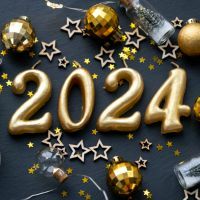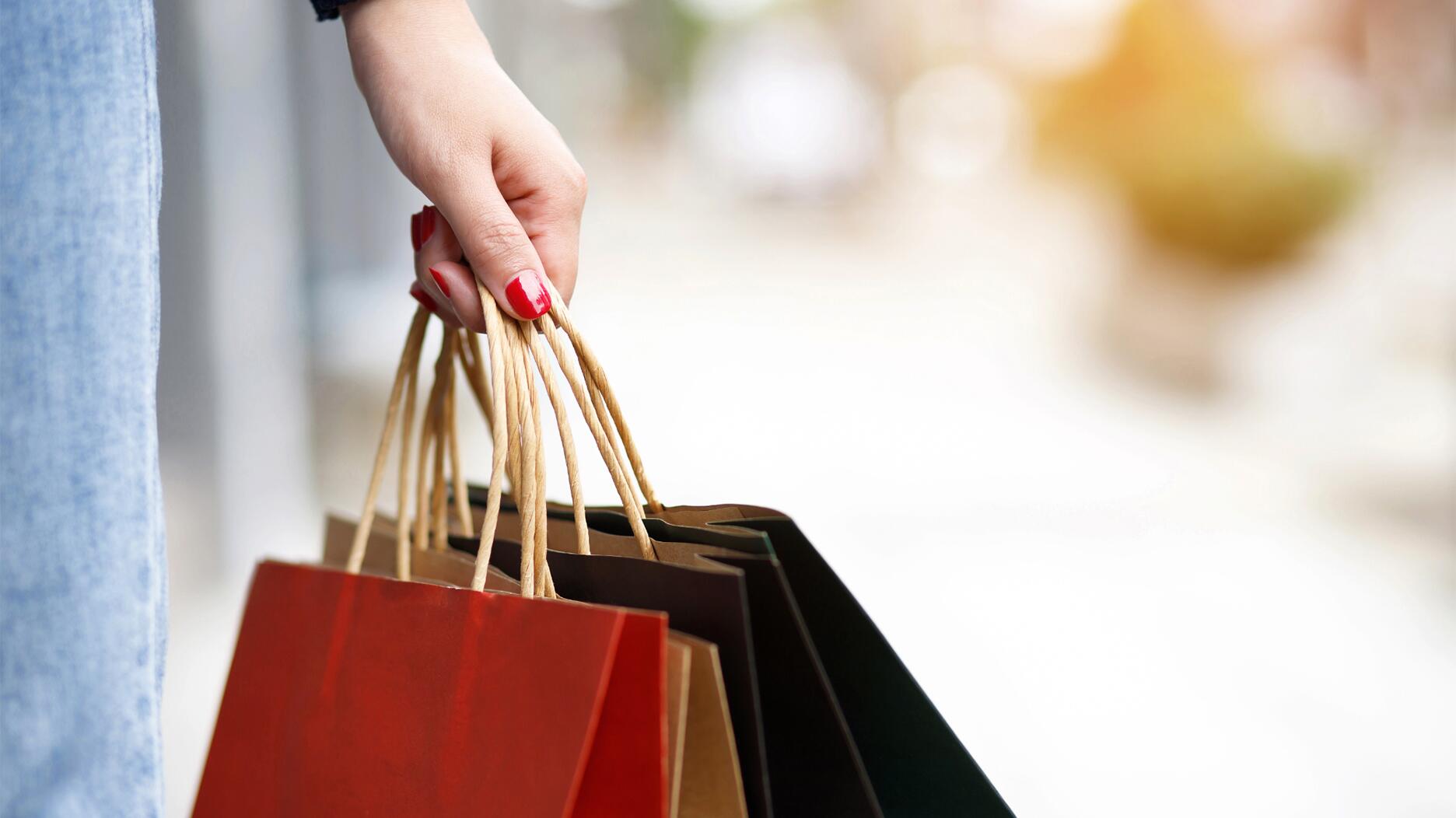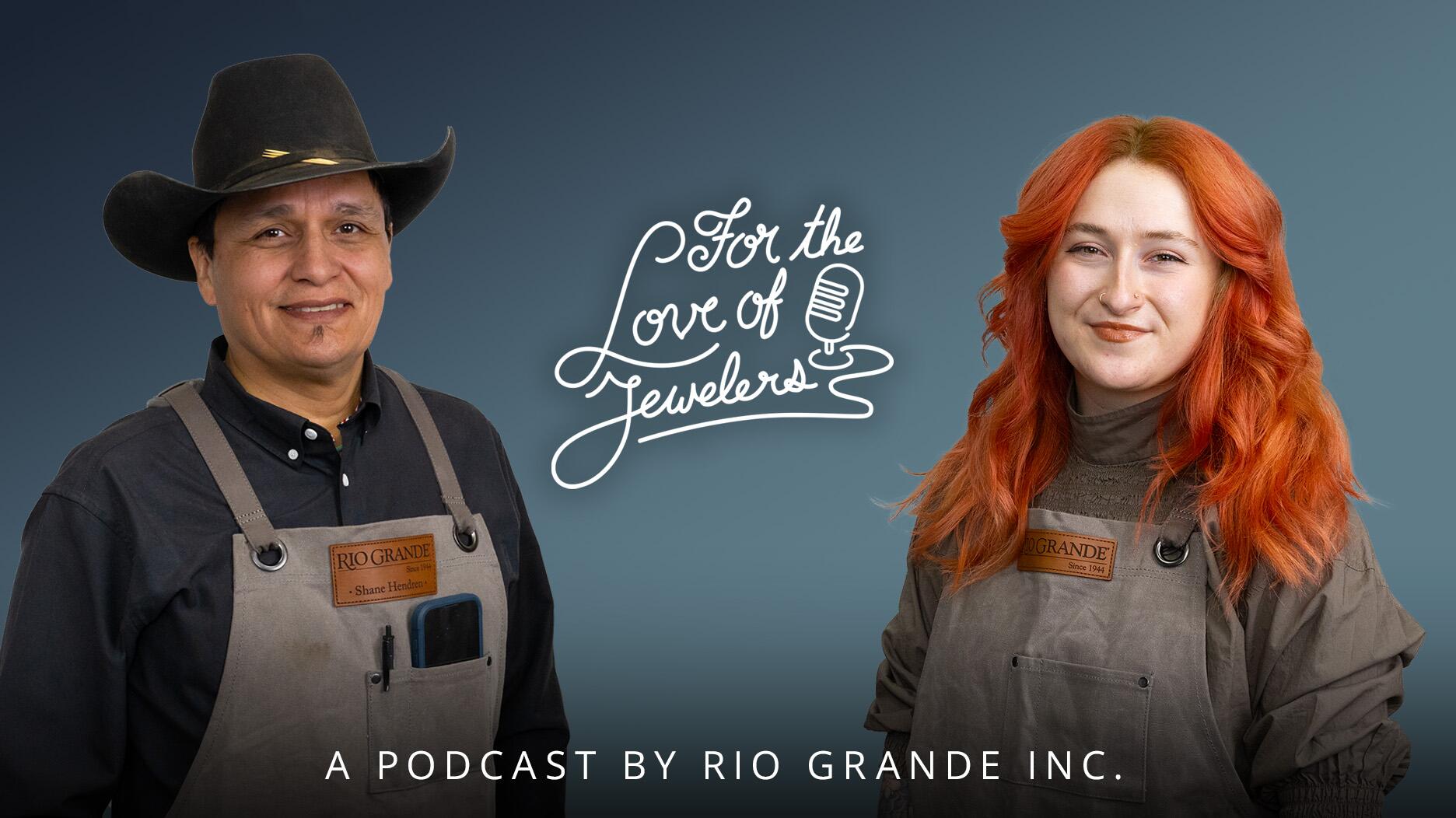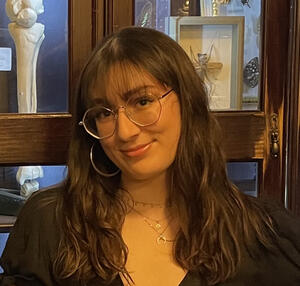Padis succeeds Lisa Bridge, marking the first time the organization has had two women board presidents in a row.
5 Things to Know About Quarantine Proposals, Engagement Rings
In this year unlike any other, newly engaged couples spent less but celebrated just as much.
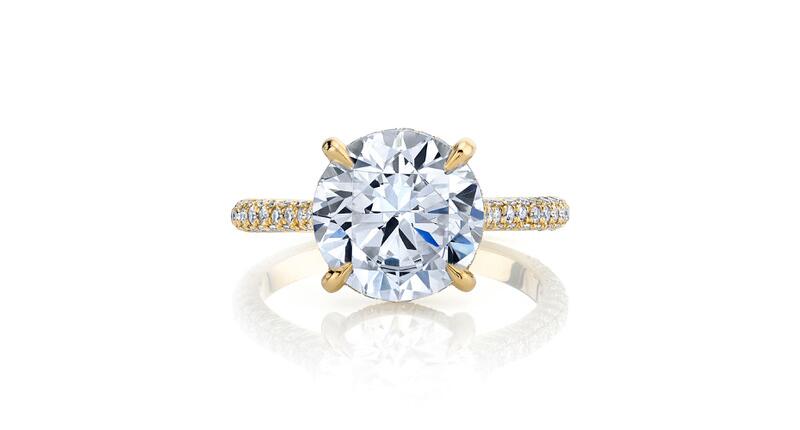
New York—From limited shopping opportunities to ever-changing pandemic conditions, newly engaged couples had to get creative this year, according to The Knot’s 2020 Jewelry & Engagement Study.
The wedding planning website reached out to more than 5,000 individuals who were engaged between April and November to learn more about how they’re shopping and what they’re buying.
In the midst of proposal season, which runs from November to February, here are a few highlights worth noting from this year’s survey.
1) Couples are spending less on engagement rings this year.
The national average cost of an engagement ring in 2020 is $5,500, down from $5,900 in 2019, according to The Knot.
The average center stone was 1.3 carats, while the average total carat weight of an engagement ring was 1.5 carats.
RELATED CONTENT: ‘Tis the Season … To Get Engaged, According to These Jewelers
Despite the uncertainty stemming from the COVID-19 pandemic, 86 percent of those surveyed said the state of the economy and uncertainty about the future did not impact how much they spent.
The cost difference between 2019 and 2020 was “minimal,” said the Knot.
“Despite challenging times and changes to many original proposal plans due to COVID-19, couples around the nation continued to strengthen and progress their relationships, showcasing how even in the most challenging times love cannot be canceled,” said Kristen Maxwell Cooper, editor-in-chief of The Knot, in a press release about the survey.
2) Proposals looked a little different this year.
Nearly half of proposers in 2020 started planning to pop the question within four weeks of the actual proposal, since COVID-19 restrictions made planning too far in advance tricky.
That’s a significant change from the 2019 survey, which found nearly half of proposers spent one to six months planning.
Spontaneous proposals were also on the rise, with 17 percent of proposers deciding to pop the question the same day, up from 13 percent in 2019.
About half, 48 percent, had to rethink their proposal plans including changing the location (67 percent), date (63 percent) and how the proposal took place (56 percent).
COVID-19 restrictions delayed 71 percent of proposals, as per the survey, and changed the involvement of friends and family for 52 percent.
However, one in 10 survey-takers said they did host same-day virtual engagement parties with families and friends.
Where people popped the question was more or
Scenic viewpoints topped the list at 31 percent, followed by at home (23 percent), a place that’s special to the couple (16 percent), and while hiking or during other outdoor activities (15 percent).
Private proposals were still the norm, with half of couples getting engaged with just the two of them present.
3) Round stones and white gold still reign supreme.
Round stones remained the most popular center stone cut, chosen by 43 percent of survey-takers, followed by princess/square (13 percent) and oval (15 percent).
White gold was the most popular metal at 48 percent followed by yellow gold (16 percent), rose gold (13 percent) and platinum (13 percent).
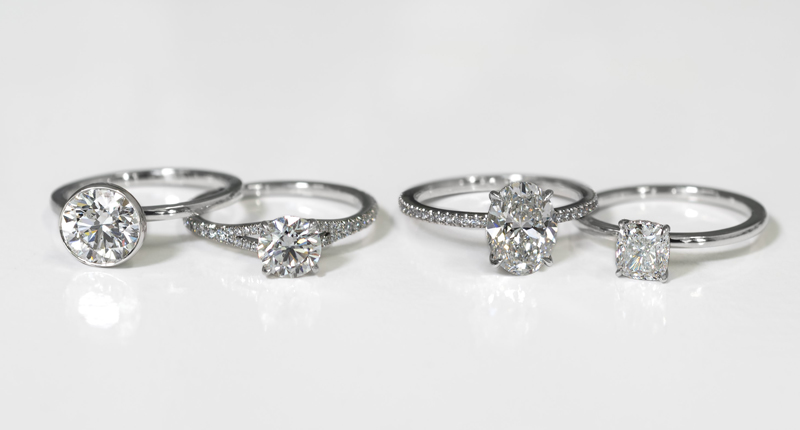
Style and setting, center stone shape, and type of stone were the most important features when choosing a ring.
About half of survey-takers said they added a personal touch to engagement rings, with 48 percent of rings customized in some way.
4) More than half of engagement rings are still bought in a store.
From meeting a partner to finding the perfect ring, technology played a role in every aspect of the proposal, particularly for millennials and Gen Zers.
One in four newly engaged couples met on a dating app, the most popular way to meet among those surveyed.
Proposers took advantage of more online features when shopping for an engagement ring, with 33 percent of those surveyed researching rings online.
And 11 percent reached out to jewelers via social media while 10 percent set up virtual consultations.
While nearly one-third of respondents said they bought their engagement ring online, a majority of rings (63 percent) were bought in person. Those in-person purchases were mostly made at a local jeweler (51 percent) or a national retailer (33 percent).
While in-person shopping took the top spot, shoppers visited fewer retailers this year, an average of two versus three in 2019, and looked at fewer rings, an average of eight, down from 15 in 2019.
5) Despite the pandemic, couples aren’t waiting to get married.
The majority of those surveyed, 66 percent, jumped into wedding planning just one month after their engagement, compared with 57 percent in 2019.
More than eight in 10 couples have set their upcoming wedding date with seven in 10 choosing a 2021 date. Notably, 71 percent are planning their nuptials for the second half of 2021.
Of the 20 percent who have not yet set a wedding date, 59 percent attribute the delay to COVID-19.
The Knot’s 2020 Jewelry & Engagement Study was conducted in November among more than 5,000 U.S. adults, aged 18 to 54, who got engaged between April and November.
The Latest

Jesse Cole, founder of Fans First Entertainment, shared the “five Es” of building a fan base during his AGS Conclave keynote.

The Royal Oak Perpetual Calendar "John Mayer" was celebrated at a star-studded party in LA last week.

With Ho Brothers, you can unlock your brand's true potential and offer customers the personalized jewelry experiences they desire.
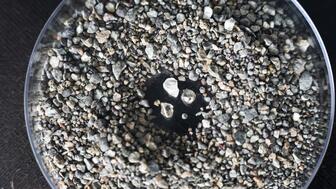
The announcement came as the company reported a 23 percent drop in production in Q1.

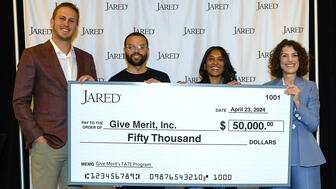
The three-time Pro Bowler continues to partner with the retailer, donating to a Detroit nonprofit and giving watches to fans.

A double-digit drop in the number of in-store crimes was offset by a jump in off-premises attacks, JSA’s 2023 crime report shows.
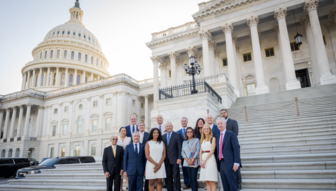
For over 30 years, JA has advocated for the industry, fought against harmful legislation and backed measures that help jewelry businesses.
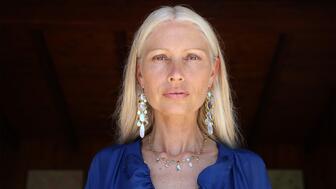
Inspired by the Roman goddess of love, the designer looked to the sea for her new collection.
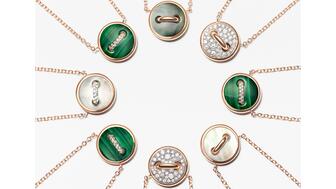
The luxury titan posted declining sales, weighed down by Gucci’s poor performance.

The selected nine organizations have outlined their plans for the funds.

The mining company’s Diavik Diamond Mine lost four employees in a plane crash in January.
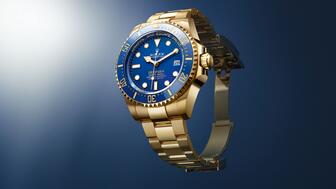
The crown introduced a dozen timepieces in Geneva, including a heavy metal version of its deep-sea divers’ watch.

Emmanuel Raheb recommends digging into demographic data, customizing your store’s communications, and retargeting ahead of May 12.
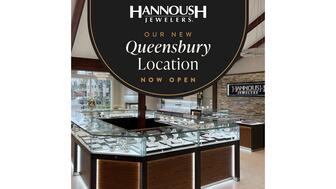
Located in the town of Queensbury, it features a dedicated bridal section and a Gabriel & Co. store-in-store.
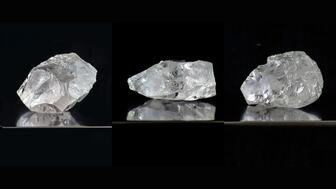
A 203-carat diamond from the alluvial mine in Angola achieved the highest price.
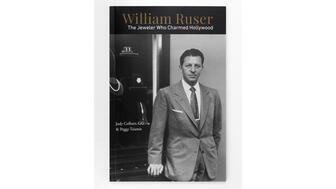
Ruser was known for his figural jewelry with freshwater pearls and for his celebrity clientele.
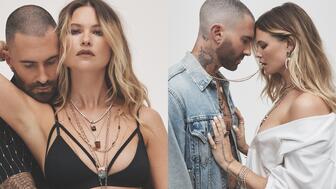
The “Rebel Heart” campaign embodies rebellion, romance, and sensuality, the brand said.
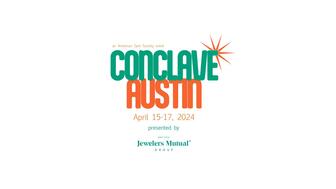
Editor-in-Chief Michelle Graff shares the standout moments from the education sessions she attended in Austin last week.
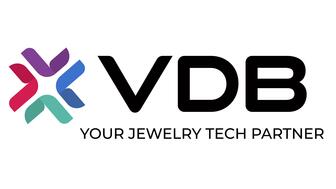
The overhaul includes a new logo and enhanced digital marketplace.
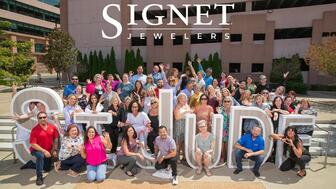
The money will go toward supporting ongoing research and aftercare programs for childhood cancer survivors.

A new addition to the “Heirloom” collection, this one-of-a-kind piece features 32 custom-cut gemstones.

Last month in Dallas, David Walton pushed another jeweler, David Ettinger, who later died.
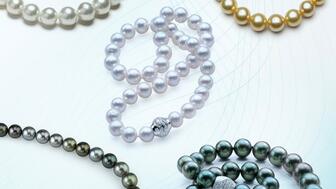
The move will allow the manufacturing company to offer a more “diverse and comprehensive” range of products.
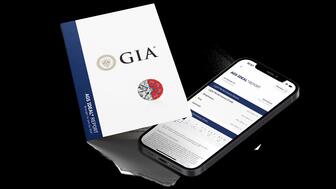
From now through mid-May, GIA will be offering the reports at a 50 percent discount.
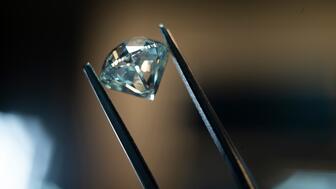
De Beers’ rough diamond sales were down 18 percent year-over-year in its latest round of sales.
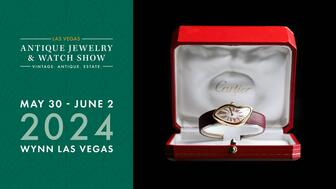

Sponsored by the Las Vegas Antique Jewelry & Watch Show

